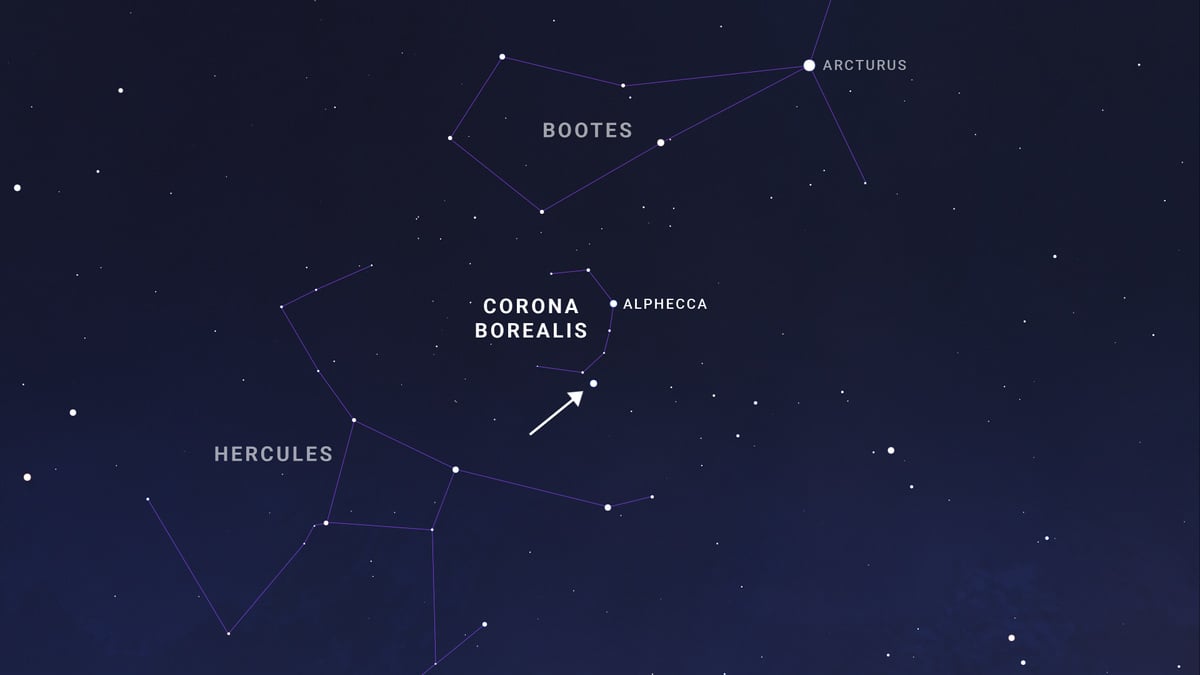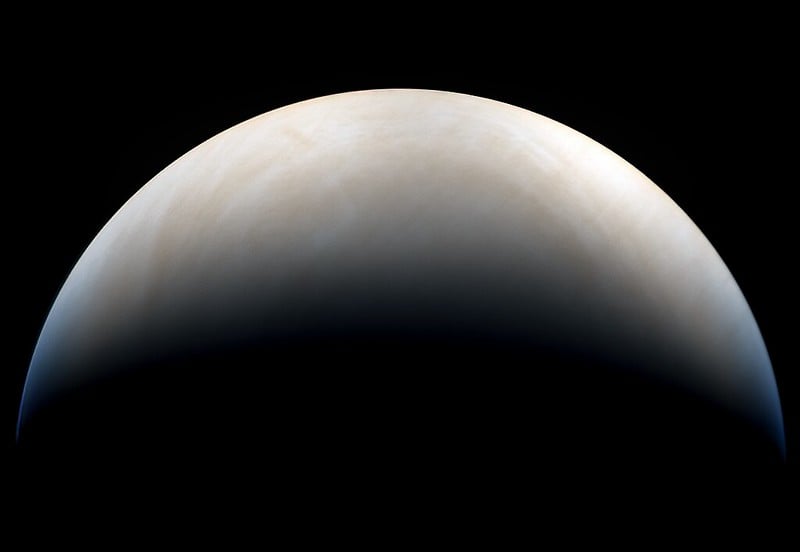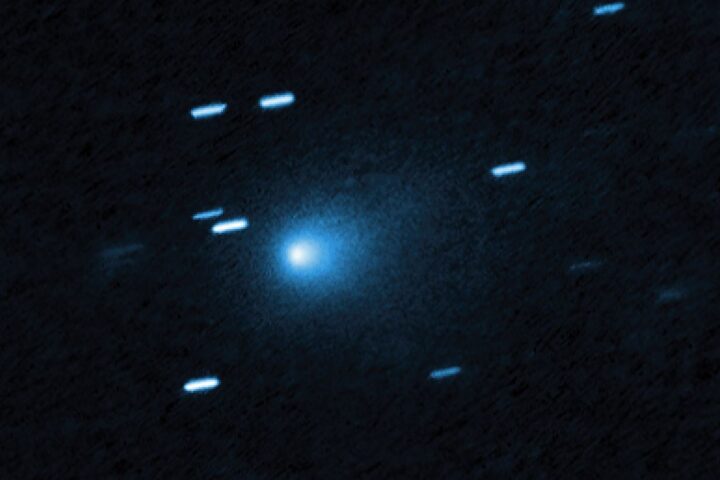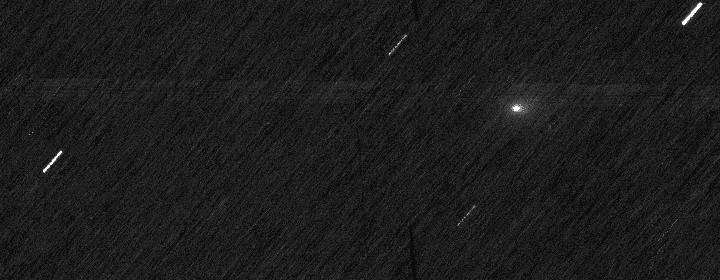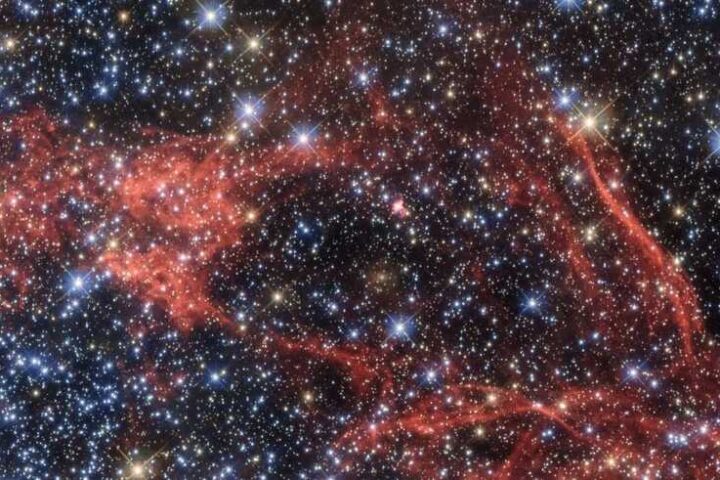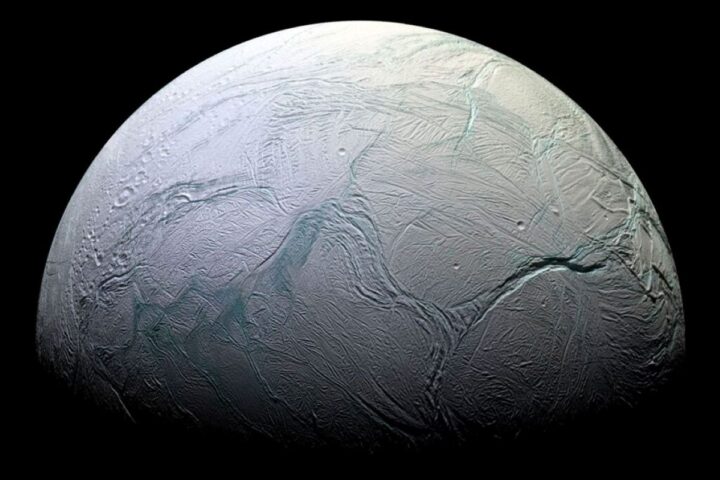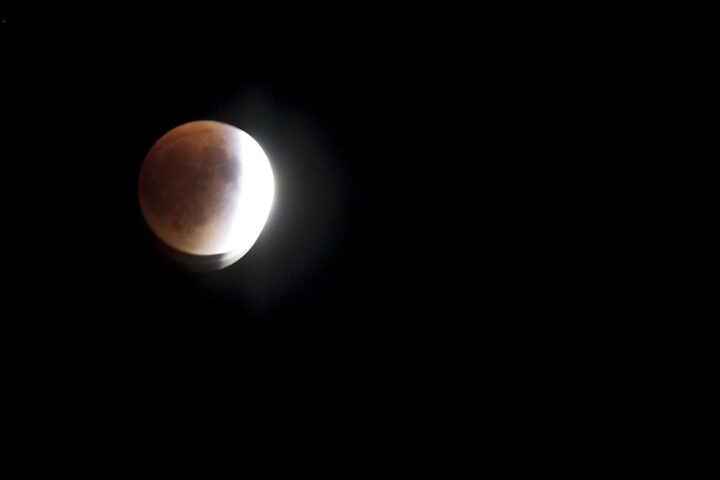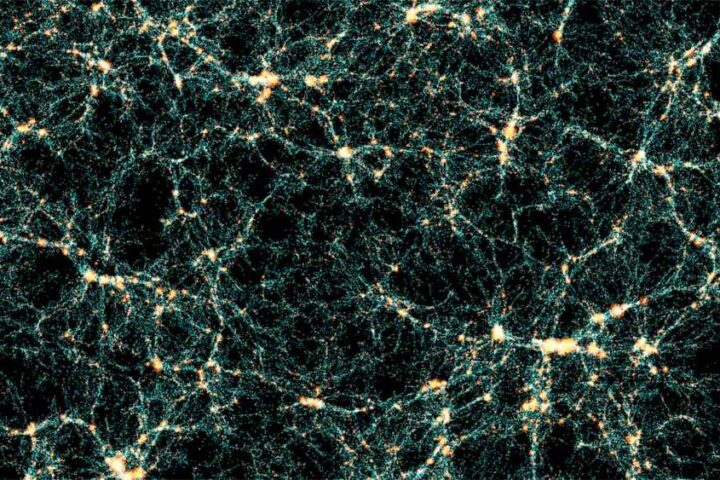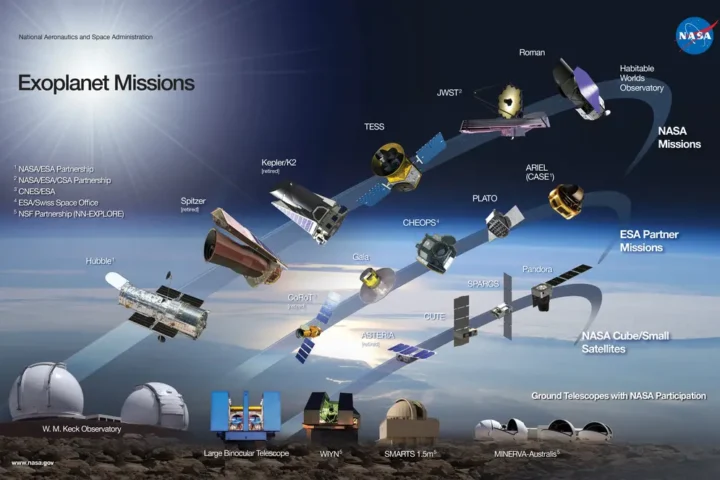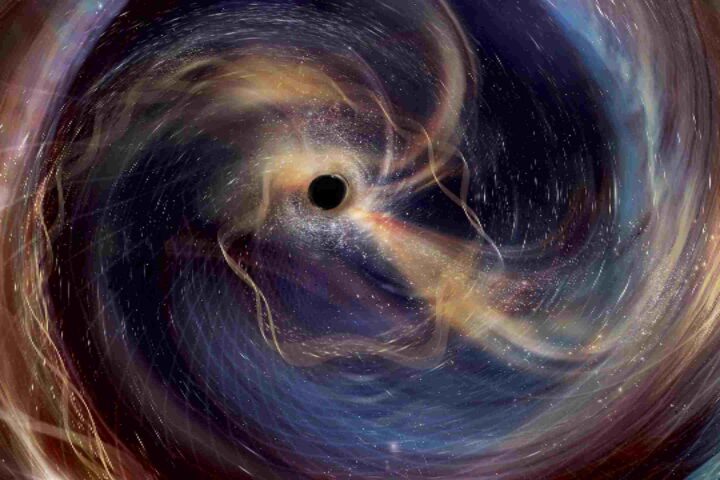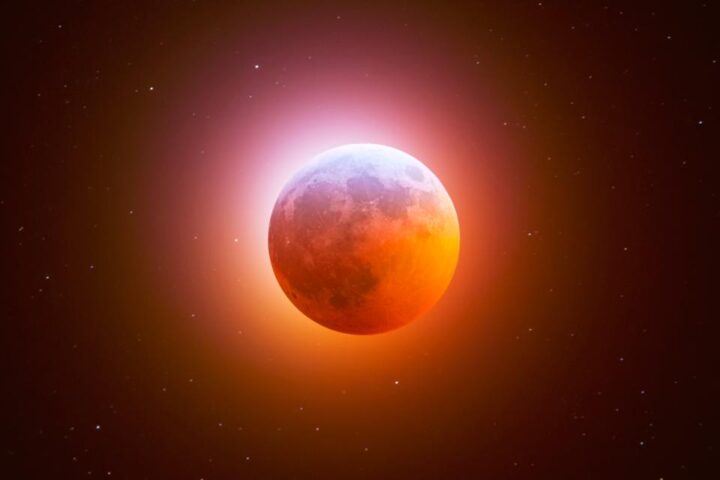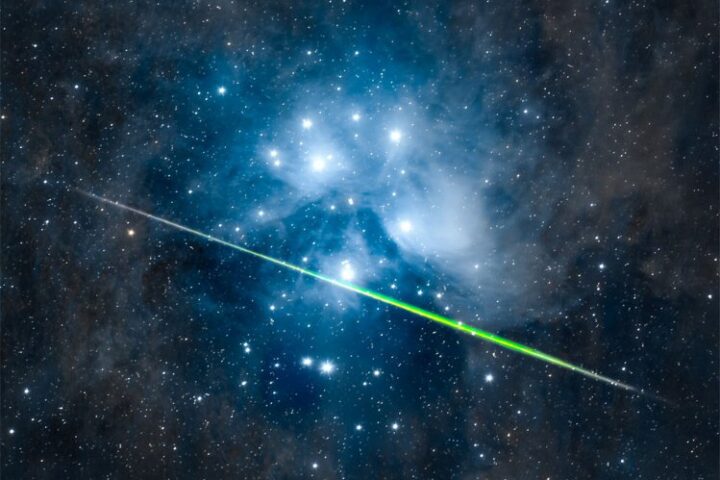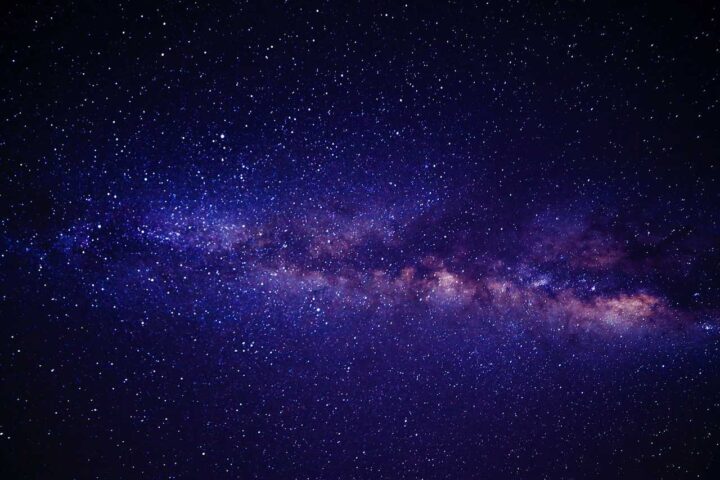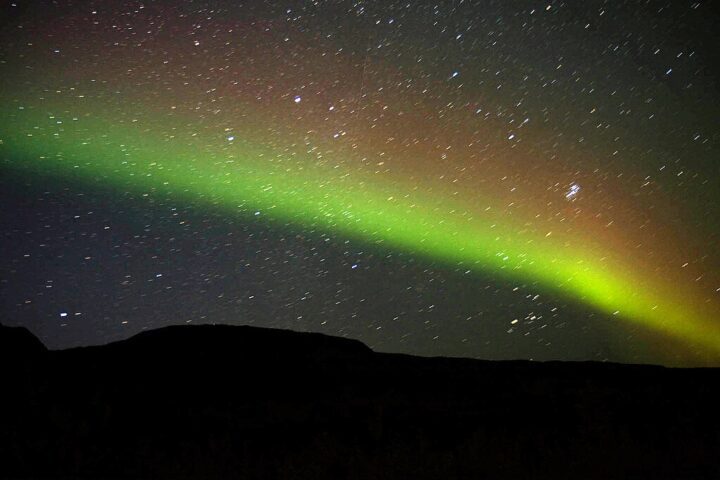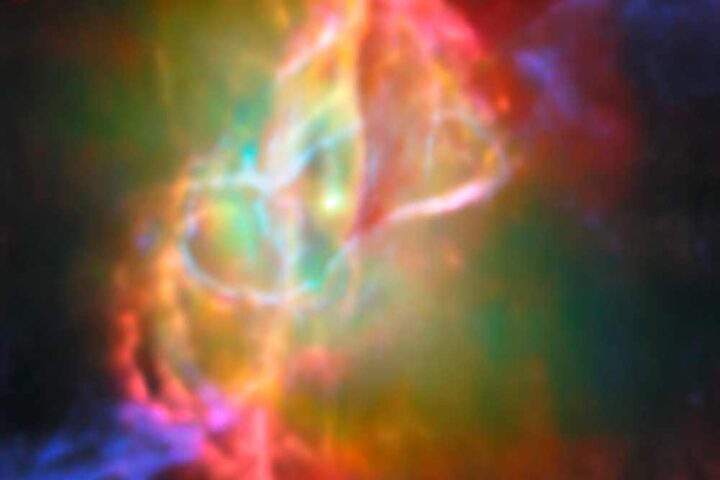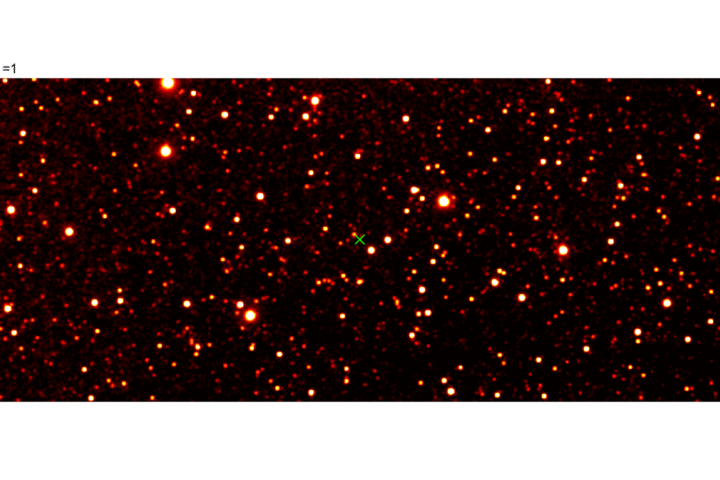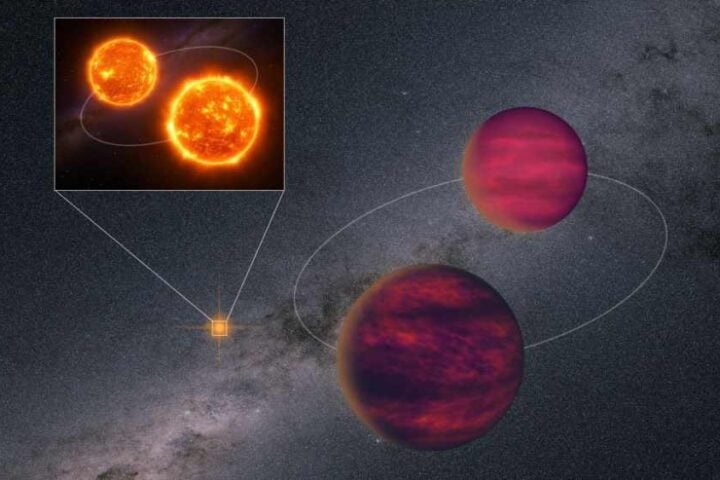Astronomers are eagerly watching for a celestial light show that happens only once every 80 years. The star T Coronae Borealis, nicknamed the “Blaze Star,” is expected to suddenly brighten between March and November 2025, becoming visible to the naked eye.
This rare event, called a nova, will allow people to witness a stellar explosion without telescopes or special equipment. The star will briefly shine as brightly as the North Star before fading back to normal within days.
“This will be the first eruption of T Coronae Borealis observed with modern multi-wavelength instruments,” notes NASA, highlighting why scientists are particularly excited about this event.
What’s Happening Up There?
The Blaze Star is actually two stars—a white dwarf and a red giant—orbiting each other about 3,000 light-years from Earth. The white dwarf pulls hydrogen from its larger companion star until enough builds up to trigger a massive thermonuclear explosion on its surface.
Unlike a supernova, which destroys a star completely, a nova is more like a surface explosion that leaves both stars intact. The process then starts over, with the white dwarf gathering more hydrogen for another eruption decades later.
The star last exploded in 1946, with previous eruptions recorded in 1866, 1787, and possibly 1217. Its predictable pattern makes it one of only ten known recurrent novae in our galaxy.
How to See It
To spot the nova when it happens:
- Look for the constellation Corona Borealis (the Northern Crown), located between the bright stars Arcturus and Vega.
- The nova will appear as a “new” bright star in this semicircle of stars.
- It will be visible for about a week, with peak brightness lasting only a few days.
- Binoculars will extend your viewing time as the nova brightens and fades.
For the best viewing experience, find a dark location away from city lights, check weather conditions, and give your eyes about 20–30 minutes to adjust to the darkness.
Edward Sion from Villanova University notes that the eruption is certain to happen, pointing out that the star’s current dimming mirrors what astronomers observed before the 1946 eruption.
Scientific Gold Mine
For astronomers, this event offers more than just a pretty sight. The nova will provide valuable data on stellar physics, binary star interactions, and thermonuclear processes.
“The upcoming outburst will be the brightest classical or recurrent nova observed in X-rays,” predict researchers who have conducted hydrodynamic simulations of the event.
Scientists will use ground and space-based telescopes, including NASA’s Fermi Gamma-ray Space Telescope, to observe the nova across multiple wavelengths of light. This comprehensive view wasn’t possible during previous eruptions in 1946 or earlier.
The white dwarf’s mass is increasing with each cycle, potentially approaching the limit where it could eventually trigger a much larger explosion called a Type Ia supernova.
May Skywatching Double Feature
While waiting for the Blaze Star to appear, skywatchers can enjoy the Eta Aquariid meteor shower, which peaks on May 6. These meteors come from dust left behind by Halley’s Comet.NASA+1NASA+1EarthSky
The shower is best viewed in the early morning hours before dawn. With the moon setting around 3 a.m., conditions will be ideal for dark-sky viewing. Northern Hemisphere observers can expect to see 10–20 meteors per hour, while Southern Hemisphere viewers may see considerably more.
“This is one of the best annual showers in the Southern Hemisphere,” notes NASA, “but tends to be more subdued North of the Equator.”

Unlike the brief nova event, which requires watching the right spot at the right time, the meteor shower gives viewers multiple nights of opportunity, with decent meteor activity for two to three nights before the peak.
May’s night skies also feature Venus and Saturn visible in the early morning eastern sky, while Mars and Jupiter can be spotted in the western sky during evening hours.
